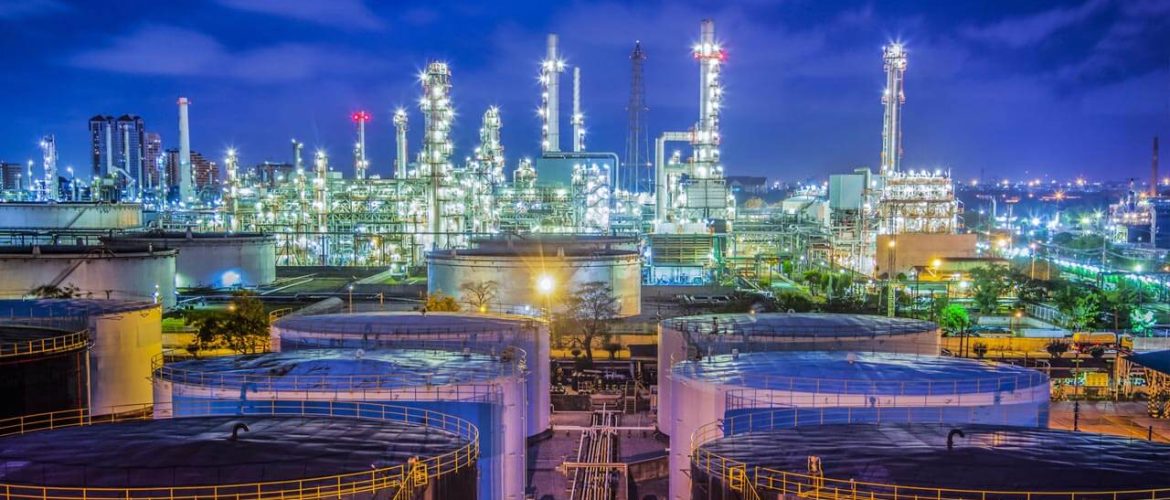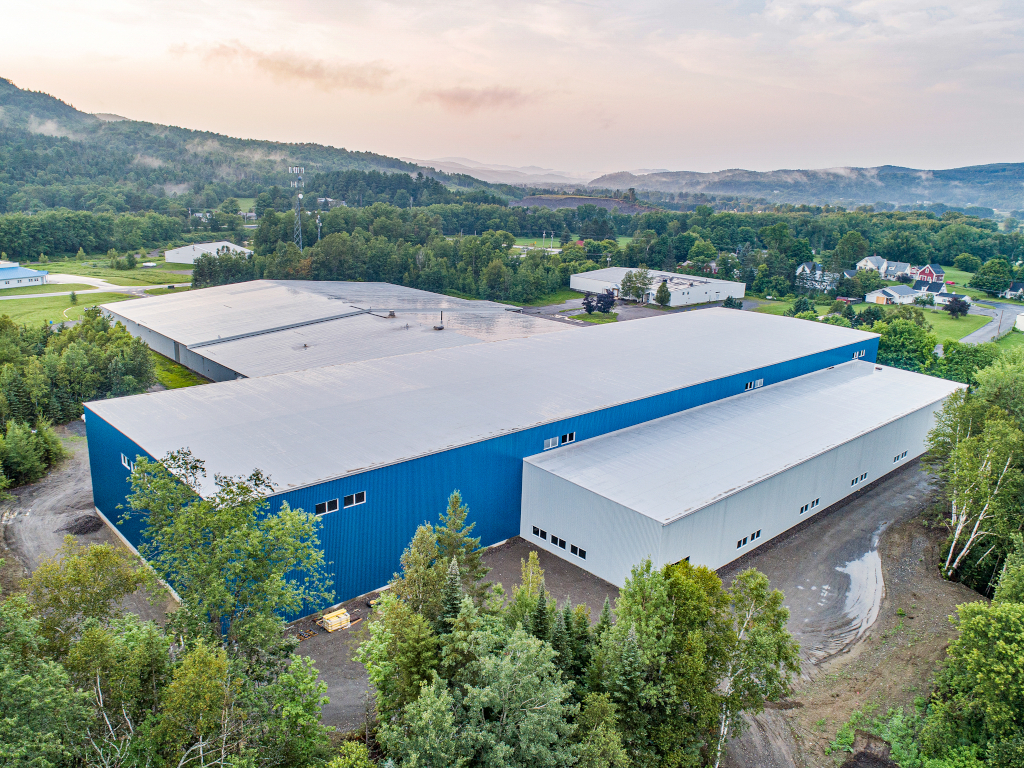Renco Holdings, LLC has a natural gas tap located on its 17 Acre property in Colebrook NH (Bearsville) considering all factors in purifying segmenting and transporting its natural gas supply for maximum efficiency for power generation. Natural gas can be segmented based on its methane content and the presence of other hydrocarbons or impurities:Segmenting natural gas for energy production involves categorizing and utilizing the gas based on its composition, application, and the specific energy demands it is intended to meet.
Segmenting natural gas for energy production involves categorizing and utilizing the gas based on its composition, application, and the specific energy demands it is intended to meet. The segmentation ensures efficient use, optimal conversion, and alignment with environmental and economic goals.
Our segmentation ensures efficient use, optimal conversion, and alignment with environmental and economic goals. We segment segment natural gas for energy production including 1. Compressed Natural Gas, 2. Liquefied Natural Gas, Composition: Primarily methane (CH₄), 3. Liquefied Petroleum Gas (LPG),Composition: Propane (C₃H₈) and 4. butane (C₄H₁₀),and 5. Synthetic Natural Gas (SNG) We segment based on the following criteria:
We utilize the best ways to segment natural gas for energy production:
1. By Purity and Composition
Natural gas can be segmented based on its methane content and the presence of other hydrocarbons or impurities:
Pipeline-Grade Natural Gas**: Contains mostly methane (>90%) and is suitable for direct combustion in power plants or as a feedstock for chemical production.
Liquefied Natural Gas (LNG): Purified and cooled to -162°C for transport and storage; used in areas lacking pipeline infrastructure or as fuel for ships and heavy-duty vehicles.
Natural Gas Liquids (NGLs): Comprising propane, butane, and ethane, which can be separated for industrial use, heating, or petrochemical feedstock.
Associated Gas vs. Non-Associated Gas: Associated gas is co-produced with oil, while non-associated gas comes from pure gas wells, each potentially destined for different applications based on extraction economics.
2. By Application Type
Segmenting natural gas by end-use helps in aligning production with energy demands:
Power Generation: Natural gas-fired plants are common due to their ability to ramp up quickly, making them ideal for base-load and peaking power.
Industrial Use: High-purity natural gas is preferred for industries requiring consistent heat, such as glass manufacturing or steel production.
Residential and Commercial Use**: Used for heating, cooking, and water heating, distributed via local gas pipelines.
Transport: Compressed Natural Gas (CNG) or LNG is used as an alternative fuel for vehicles due to its lower carbon emissions compared to diesel or gasoline.
3. By Geographic and Market Factors
Regional segmentation considers availability, infrastructure, and market demand:
♠ Domestic vs. Export: Domestic markets may prioritize pipeline delivery, while surplus gas is liquefied (LNG) for export.
♠ Stranded Gas: Reserves far from infrastructure can be converted to LNG or gas-to-liquids (GTL) for commercialization.
♠ Regional Energy Mix: Countries with renewable integration use natural gas as a backup to offset intermittent solar or wind energy.
4. By Conversion Technology
Segmentation can also depend on the technologies used to convert natural gas into usable energy:
- Direct Combustion: Used in turbines for electricity generation
- Cogeneration (CHP): Captures waste heat from combustion to produce both electricity and thermal energy greatly improving efficiency.
- Chemical Conversion: Feedstock for hydrogen production via steam methane reforming or ammonia synthesis.
- Gas-to-Liquids (GTL): Converts methane into liquid fuels like diesel or jet fuel for specific market needs.
5. By Environmental and Economic Impact
Sustainability and cost factors influence how natural gas is segmented:
Low-Carbon or Renewable Gas: Includes biomethane or synthetic natural gas (SNG) for low-emission energy production.
Carbon Capture and Storage (CCS): Natural gas power plants equipped with CCS are segmented for low-carbon electricity markets.
Flared Gas Utilization: Gas that would otherwise be flared during oil production can be captured and redirected for power generation or chemical conversion, reducing waste.
By segmenting natural gas strategically, energy producers can maximize efficiency, reduce emissions, and meet diverse market needs while ensuring sustainable resource management.
Renco Holdings, LLC has a natural gas tap located on its Bearsville Properties, LLC located on its 17 Acre proprieties in Colebrook NH considers all factors in purifying segmenting and transporting its natural gas supply for maximum efficiency for power generation.
We are seeking funding and offering a private placement at 7% preferred and 5% common dividend with a 5-7 YR exit strategy. For more information contact Lew@Rencogloves.com or visit our Investor Relations Page.





